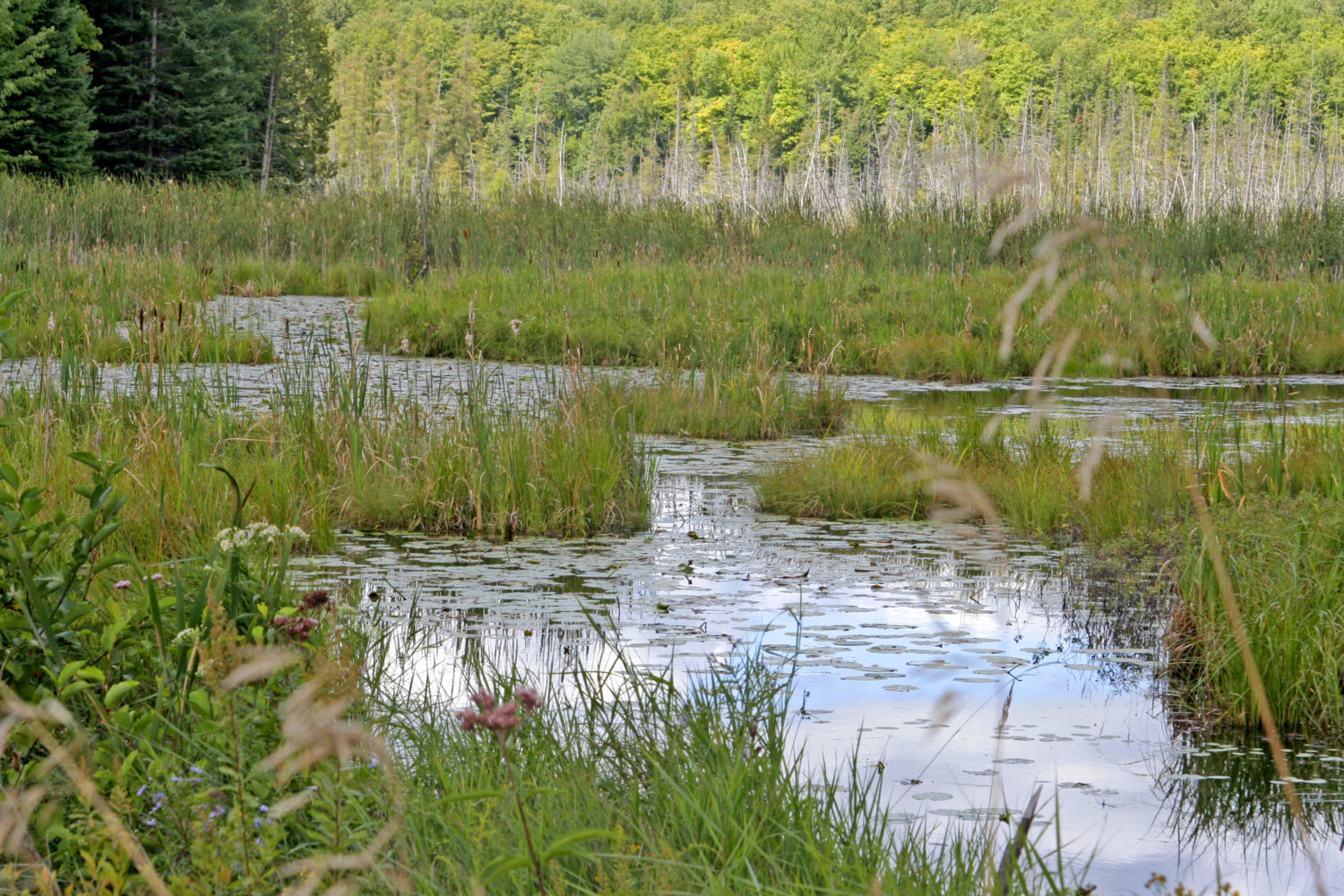Ducks Unlimited Canada (DUC) has announced the start of work on a large restoration project to develop the habitat at the Clark Island wetland, which is owned by DUC.
The property includes a coastal wetland on the Hay Bay shoreline that will be strategically excavated to create open-water habitat for fish in eight pools with a series of connecting channels.
The channels will connect the habitat to Hay Bay, creating a passage for fish between the lake and the wetland. The design was intended to benefit fish and other aquatic species. It will also provide excellent habitat for a wetland-dependent bird, the least bittern.
The site selection and design was a collaborative effort between DUC and its project partners including the Ministry of Transportation of Ontario, Fisheries and Oceans Canada, the Ministry of Natural Resources and Forestry, and Cataraqui Region Conservation Authority.
“We are excited to see the results of this restoration, which will provide habitat for fish and other wildlife for decades to come,” said Michael Williams, head of restoration services for DUC. “This has been a rewarding journey of working together, from the government agencies involved in early planning to a neighbouring landowner who granted land-based access to the site during construction, for which DUC is deeply appreciative.”
The site at Clark Island is a Lake Ontario coastal wetland, a top-priority habitat for conservation. These wetlands provide resting, nesting, and feeding areas for hundreds of wild species: fish, birds, insects, plants and more. For migratory birds, coastal wetlands provide much-needed stopovers on long migration journeys.
The Clark Island project is designed to mitigate necessary harm to fish habitat taking place as a result of upgrades at the Amherst Island ferry terminal that will, among other benefits, improve accessibility with new, accessible docks, ramps and buildings, as part of the Province of Ontario’s multi-year accessibility plan.
Post-construction, Quinte Conservation will verify that the new habitat has attracted fish species by carrying out a three-year monitoring program.









